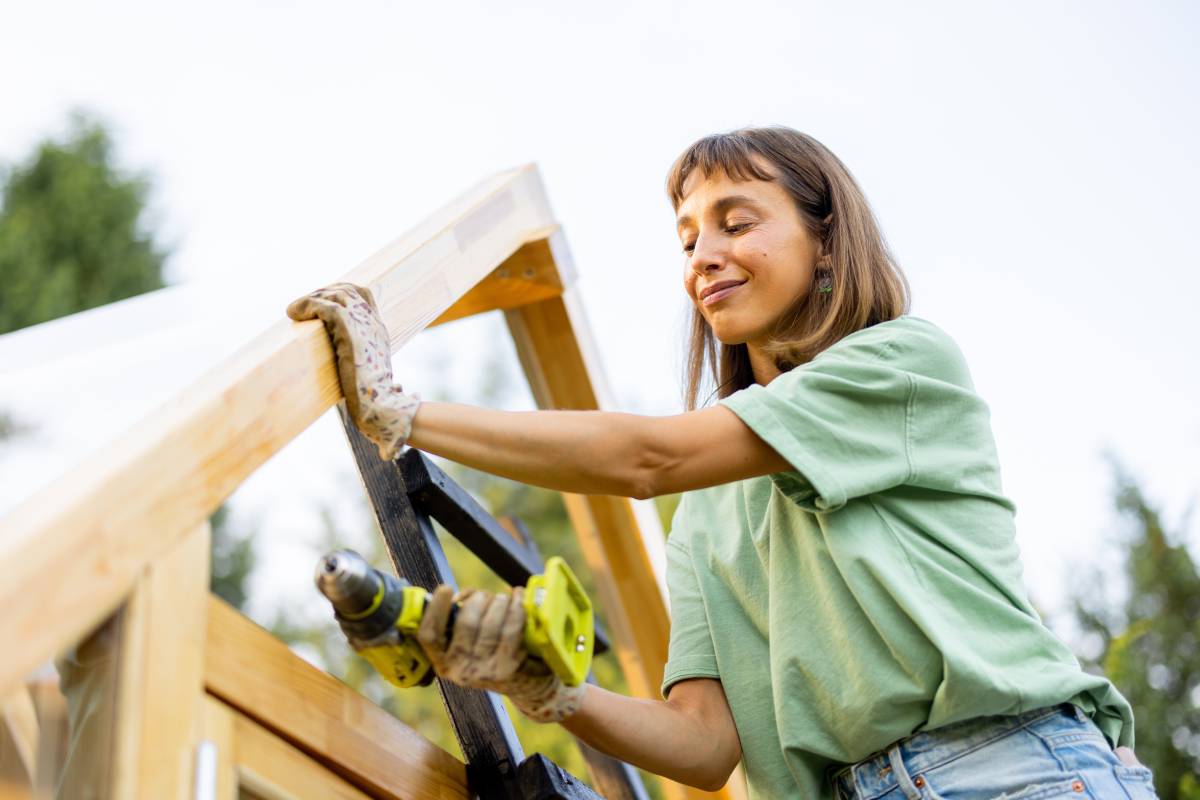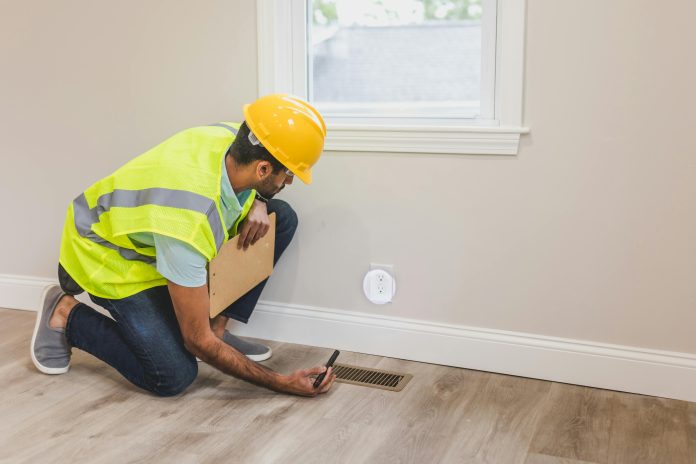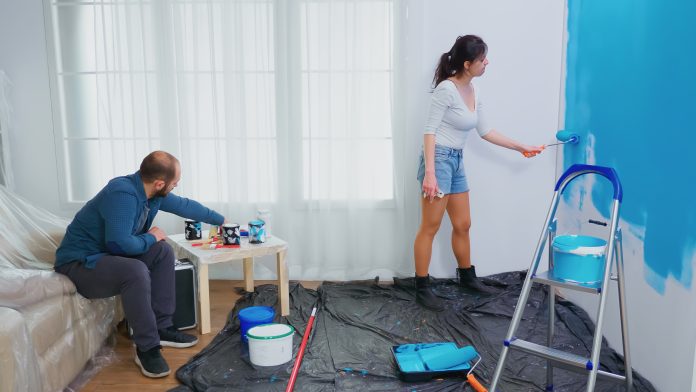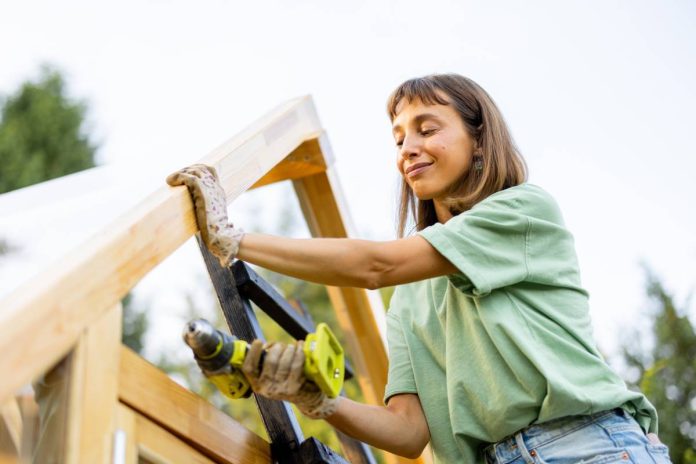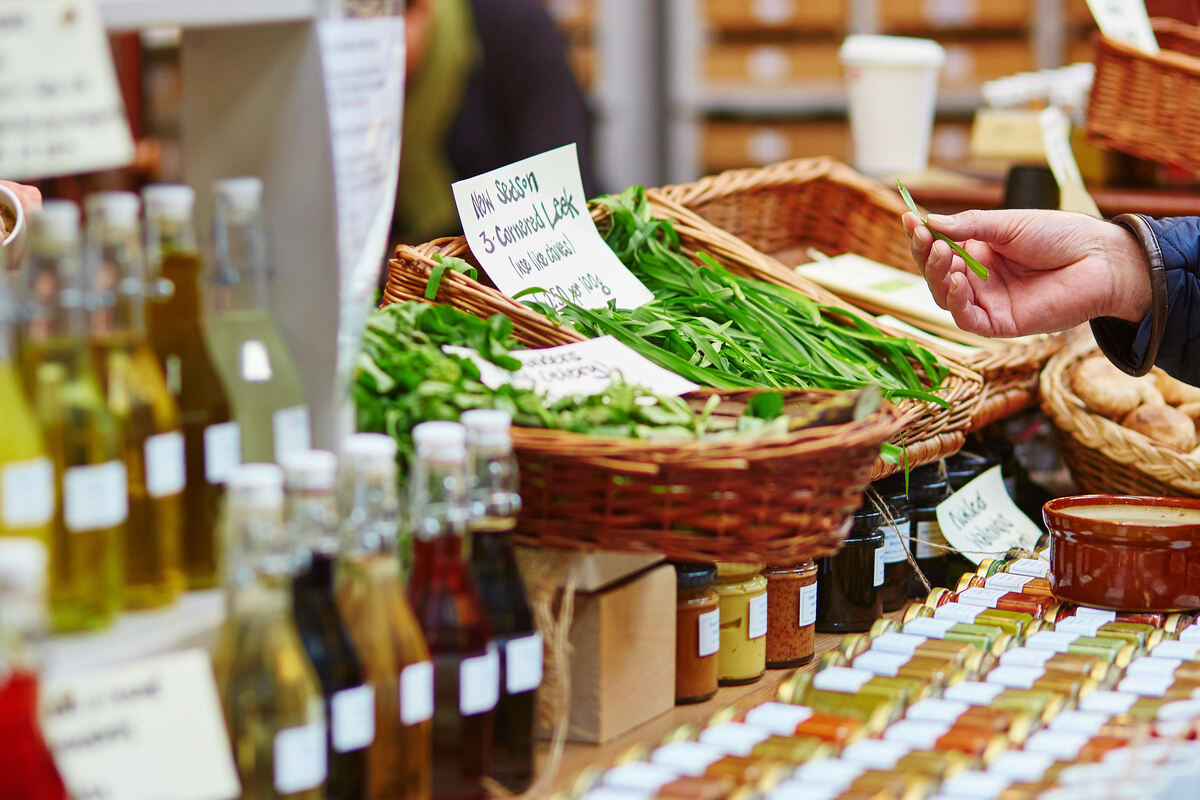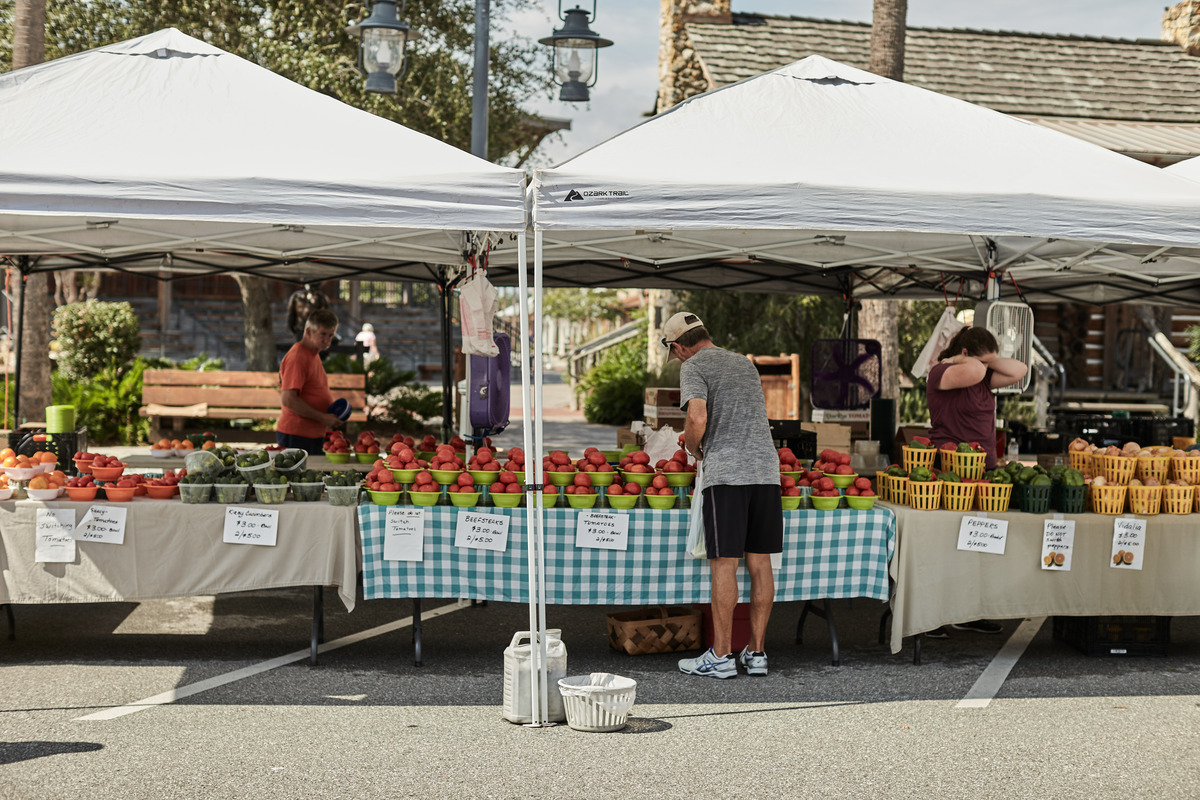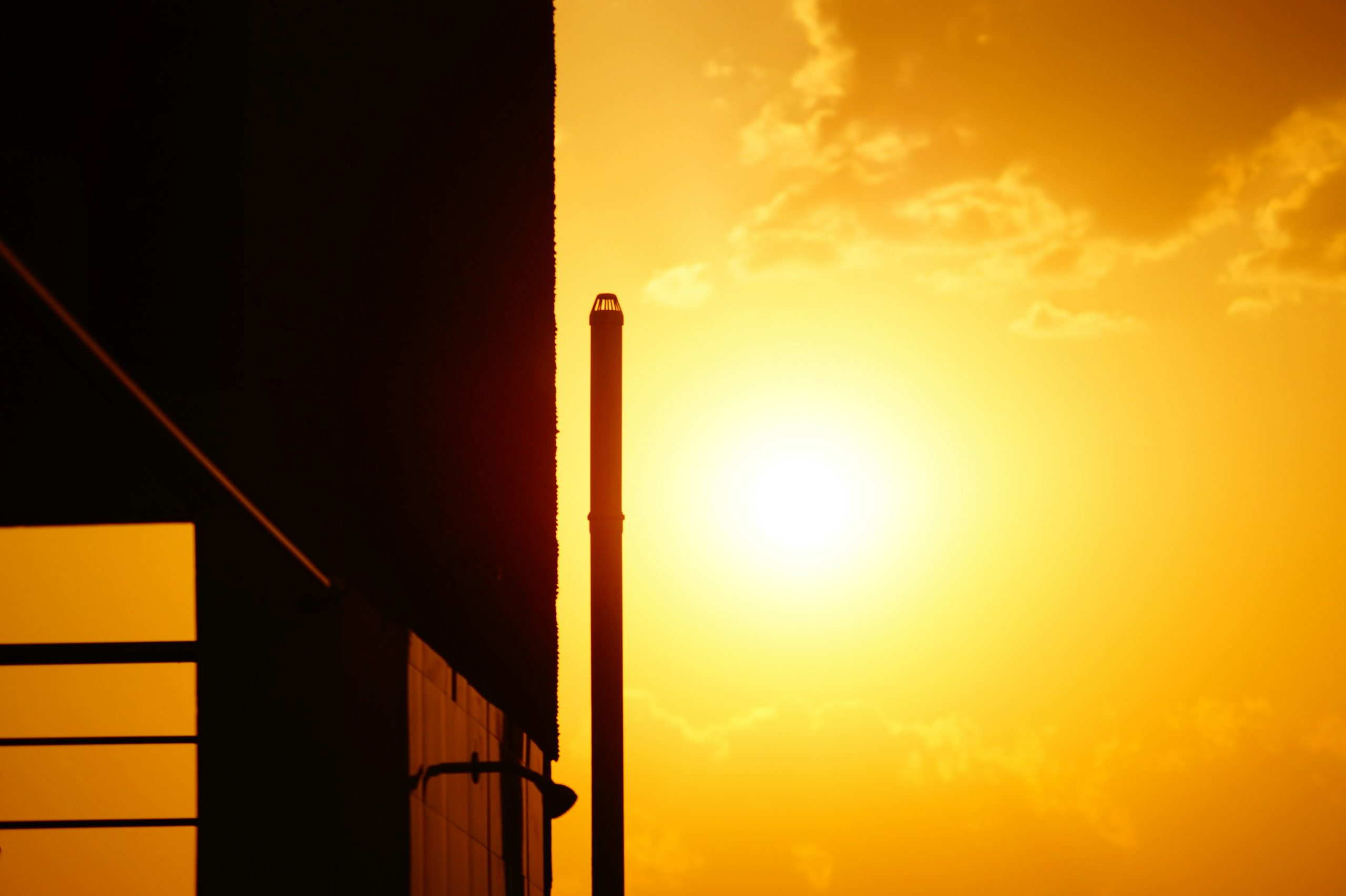Making eco-friendly choices during home improvement projects is one of the easiest ways to create a greener living space and protect the planet. By incorporating the following sustainable alternatives for home improvement into your project plans, you can build a better home without compromising on style or quality.
Why Choose Sustainable Solutions?
Home renovations often generate substantial waste and require energy consumption. Traditional materials, such as vinyl flooring or paints high in volatile organic compounds (VOCs), can harm the environment and your indoor air quality. Switching to eco-friendly alternatives benefits the planet and your household.
Sustainable options provide a more durable and longer-lasting alternative that saves money in the long run. Plus, they support environmentally conscious businesses and reduce landfill waste. For your family, these materials can minimize exposure to harmful chemicals, creating a healthier home environment. Best of all, there are surely plenty of eco-friendly choices you probably haven’t tried yet.
Sustainable Materials To Consider
Bamboo Flooring
If you’re upgrading your floors, bamboo is an excellent option. Unlike hardwood, which takes decades to regrow, bamboo replenishes quickly—often within five years. It’s sustainable, durable, and visually appealing with its sleek, natural finish. Bamboo flooring can give your home a warm, modern look while reducing your environmental footprint.
Recycled Glass Countertops
Recycled glass countertops transform postconsumer glass into stunning, durable surfaces. These countertops mix crushed glass with resin or concrete, creating a unique design ideal for kitchens or bathrooms. Available in a variety of colors and patterns, recycled glass counters offer a stylish way to reuse materials that would otherwise end up in landfills.
VOC-Free Paints
Many traditional paints release harmful compounds into the air, compromising indoor air quality. Low-VOC or VOC-free paints are eco-friendly alternatives that are healthier for your home. They’re widely available and come in a range of colors, making it easy to incorporate them into any project.
Beeswax in Home Improvement
Beeswax may not immediately come to mind when you think of home renovation, but its versatility makes it a valuable addition to your sustainable toolkit. Explore someways to use beeswax for home improvement:
Wood Polish and Finish
Beeswax mixes with natural oils like olive or coconut oil to create a chemical-free polish. This natural polish preserves and enhances wood surfaces while emitting a mild, pleasant scent.
Lubricant for Drawers and Doors
Sticking drawers and squeaky doors have a fast fix: a simple rub of beeswax along the sliding or pivoting surfaces. It’s a natural alternative to synthetic sprays.
Waterproofing Fabrics
Apply beeswax to fabrics like outdoor covers or canvas bags to make them water-resistant. Heat the wax slightly, then rub it into the fabric, setting it with a hair dryer for a long-lasting, eco-friendly waterproof coating.
Functional and biodegradable, beeswax is a safe, sustainable option for many household applications.
Build a Greener Future
Greener home improvement is more accessible than ever. With these sustainable alternatives for home improvement, you can reduce your environmental footprint while enhancing your living space.
Start today by swapping even one traditional product for a sustainable alternative. Each choice brings you closer to a healthier home and a greener planet. Your efforts, no matter how small, create ripples that help shape a brighter future for all.

